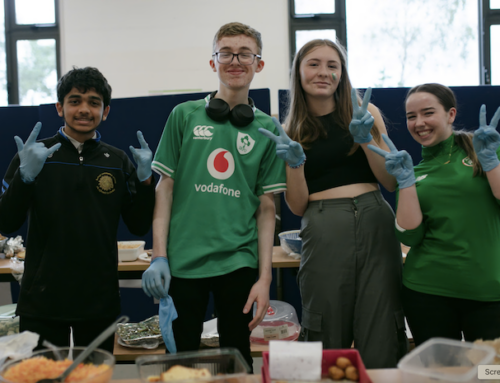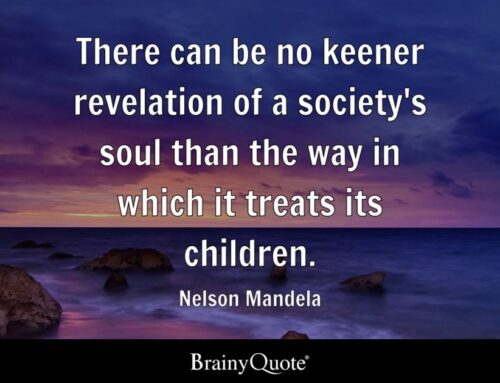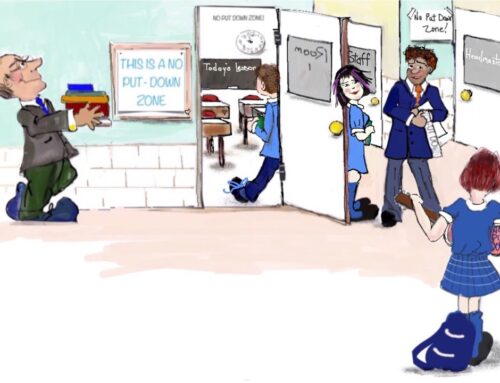My daughter helpfully pointed out that her understanding of social capital is not the same as the one used in my last blog. I realise there are different versions of the concept – Bourdieu considered that social capital comprised the connections that often maintain privilege – such as Old Boys’ Networks. Coleman and particularly Putnam’s definitions are closer to mine. When I talk about social capital I am referring to the quality of relationships within an organisation, usually a school. This is the definition used by MindMatters and others. A high level of social capital is the opposite of a toxic environment. It is built in the thousands of interactions that occur every day to promote trust, reciprocity and shared understanding. It is the lynchpin of relational wellbeing that turns rhetoric into reality. It includes, but is by no means limited to, the following.
- Smiling at people, using their name and making them feel welcome
- Asking how they are doing
- Offering to make a cup of tea
- Seeking their opinion and listening to the answer
- Strengths based language in talking to and about others
- Noticing and acknowledging what people do well and the efforts they make
- Giving opportunities to contribute
- Building on people’s ideas
- Admitting mistakes and apologising for any harm caused
- Being collaborative rather than competitive
- Being aware of the potential emotional content of situations and responding sensitively
- Acknowledging distress
- Not making unreasonable demands on time – the most precious commodity in a school
- Not offering what you can’t deliver – and doing what you have committed to
- Respecting confidentiality
- Empowering rather than controlling
- Random acts of kindness
This constructs an environment in which people want to work because they feel valued, included and have a positive sense of professional integrity. This in turn promotes student wellbeing. It doesn’t take much – just the mindset. And the belief it matters. Start the conversation.






